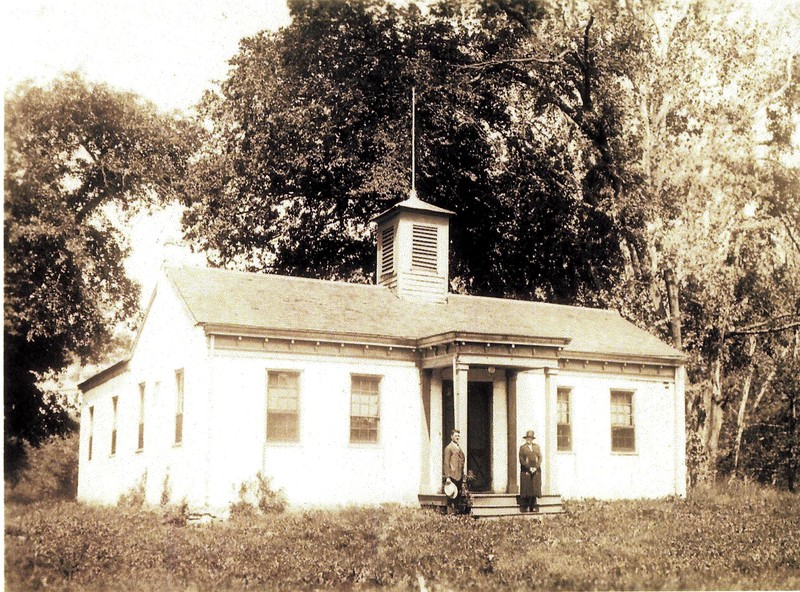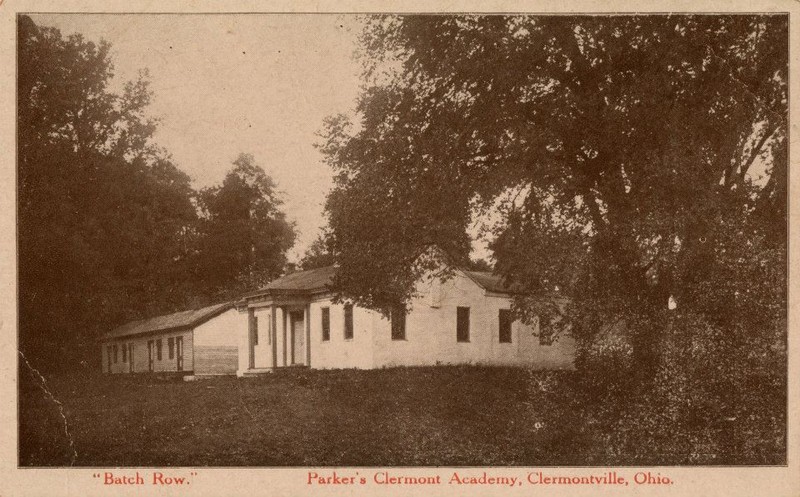Daniel Parker and the Clermont Academy
Introduction
Text-to-speech Audio
Images
Clermont Academy

Another view of the Clermont Academy

Backstory and Context
Text-to-speech Audio
Daniel Parker’s Clermont Academy offered education to boys, girls, and freed African American children. The Clermont Academy was built on Parkers Estate with a 20 x 40 one room school house. Eventually enrollment increased, and the Parkers expanded the schools facilities. An additional school room was built accompanied by a dormitory to house non-local children. The curriculum represented a classical college program. There were three twelve-week terms with the first term courses comprised of Latin, grammar, algebra, and English. In subsequent school terms, students progressed in courses of geography, history, advanced math, and sciences. After completing four years of courses students could enroll in college preparatory courses. Daniel Parker sent his son James K. Parker to Hannover College so he could be educated in teaching and return to teach at the Clermont Academy.
The Clermont Academy offered education to local and non-local children whether they were male, female or African American. Despite the tensions between abolitionist and pro-slavery residents of Clermont County the Clermont Academy operated smoothly. Parker recognized tensions between residents who supported abolition and those who did not. The Anti-Slavery Society of Clermont County asked Parker to preach to residents for them. Parker accepted. However, he believed it would do little good. From 1830 to 1850 the population of free African Americans consistently increased. Union and Ohio Townships n Clermont County had the largest population of free African Americans in the county. The Clermont Academy was situated between New Richmond in Ohio Township and Washington Township. The Clermont Academy operated from 1839 to 1889 never changing its original charter to educate children regardless of age, gender, and race.
